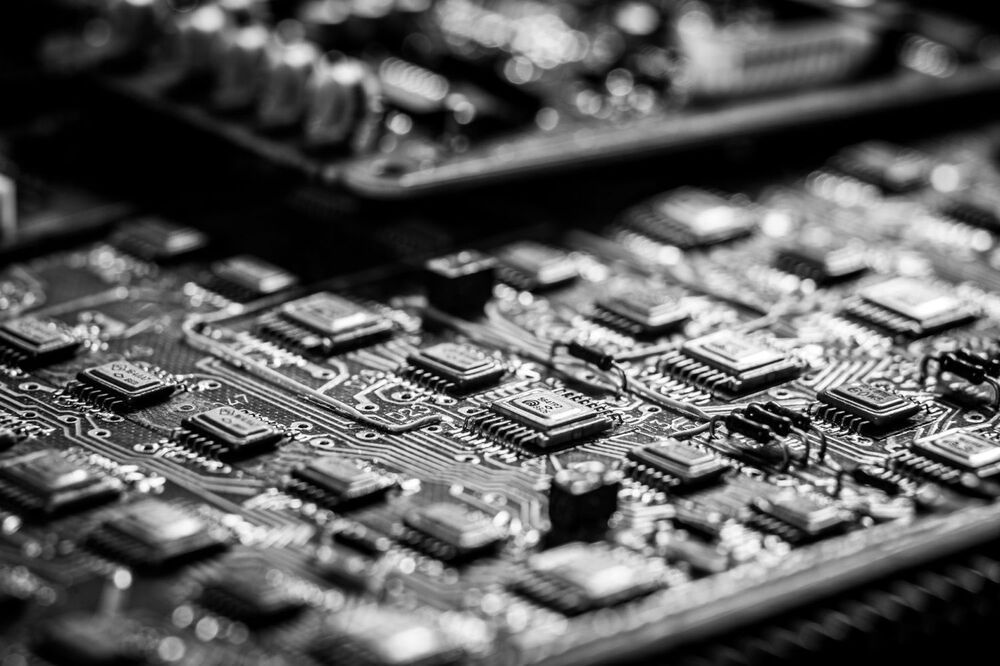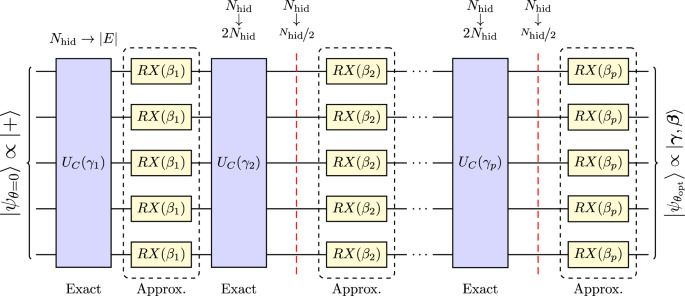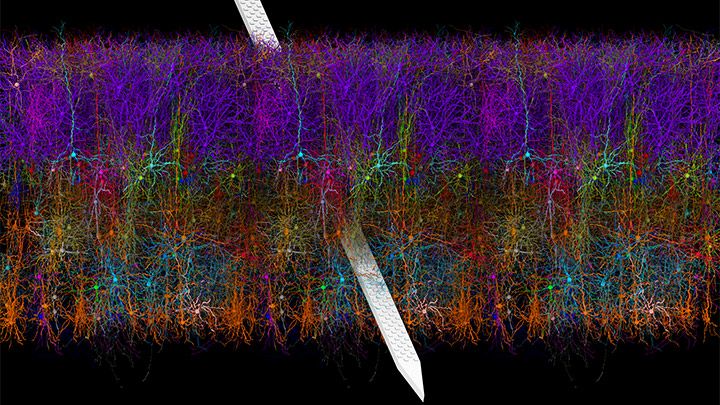This looks like a really big breakthrough.
A decades-old problem about how to reliably control millions of qubits in a silicon quantum computer chip has now been solved.
This looks like a really big breakthrough.
A decades-old problem about how to reliably control millions of qubits in a silicon quantum computer chip has now been solved.

Eight months in, 2,021 has already become a record year in brain-computer interface (BCI) funding, tripling the $97 million raised in 2019.

Quantum engineers from UNSW Sydney have removed a major obstacle that has stood in the way of quantum computers becoming a reality. They discovered a new technique they say will be capable of controlling millions of spin qubits—the basic units of information in a silicon quantum processor.
Until now, quantum computer engineers and scientists have worked with a proof-of-concept model of quantum processors by demonstrating the control of only a handful of qubits.
But with their latest research, published today in Science Advances, the team have found what they consider “the missing jigsaw piece” in the quantum computer architecture that should enable the control of the millions of qubits needed for extraordinarily complex calculations.

In this work, we introduce a classical variational method for simulating QAOA, a hybrid quantum-classical approach for solving combinatorial optimizations with prospects of quantum speedup on near-term devices. We employ a self-contained approximate simulator based on NQS methods borrowed from many-body quantum physics, departing from the traditional exact simulations of this class of quantum circuits.
We successfully explore previously unreachable regions in the QAOA parameter space, owing to good performance of our method near optimal QAOA angles. Model limitations are discussed in terms of lower fidelities in quantum state reproduction away from said optimum. Because of such different area of applicability and relative low computational cost, the method is introduced as complementary to established numerical methods of classical simulation of quantum circuits.
Classical variational simulations of quantum algorithms provide a natural way to both benchmark and understand the limitations of near-future quantum hardware. On the algorithmic side, our approach can help answer a fundamentally open question in the field, namely whether QAOA can outperform classical optimization algorithms or quantum-inspired classical algorithms based on artificial neural networks48,49,50.



The NIH-led Brain Research through Advancing Innovative Neurotechnologies® (BRAIN) Initiative continues to teach us about the world’s most sophisticated computer: the human brain. This striking image offers a spectacular case in point, thanks to a new tool called Visual Neuronal Dynamics (VND).
VND is not a camera. It is a powerful software program that can display, animate, and analyze models of neurons and their connections, or networks, using 3D graphics. What you’re seeing in this colorful image is a strip of mouse primary visual cortex, the area in the brain where incoming sensory information gets processed into vision.
This strip contains more than 230,000 neurons of 17 different cell types. Long and spindly excitatory neurons that point upward (purple, blue, red, orange) are intermingled with short and stubby inhibitory neurons (green, cyan, magenta). Slicing through the neuronal landscape is a neuropixels probe (silver): a tiny flexible silicon detector that can record brain activity in awake animals [1].

This axion insulating state was realized, Bansil says, by combining certain metals and observing their magnetoelectric response. In this case, researchers used a solid state chip composed of manganese bismuth telluride, which were adhered together in two-dimensional layers, to measure the resulting electric and magnetic properties.
Researchers note that such a finding has implications for a range of technologies, including sensors, switches, computers, and memory storage devices, among many others. The “storage, transportation, and manipulation of magnetic data could become much faster, more robust, and energy-efficient” if scientists can integrate these new topological materials into future devices, the researchers write.
“It’s like discovering a new element,” Bansil says. “And we know there’s going to be all sorts of interesting applications for this.”